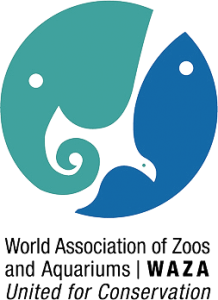The European mink restoration programme. Goals.
The efforts of the European mink conservation base largely on the earlier activities of Tallinn Zoo in conservation breeding of the species and on the promotion of its conservation. The work is divided into in situ (in natural environment) and ex situ (out of natural environment, such as breeding centres, etc). The objectives of European mink conservation are the following:
Ex situ:
- To maintain the genetic diversity and demographic structure of the captive population.
- To maintain 85% of the initial genetic diversity for 50 years.
- To attract the interest of breeding facilities to participate in the EEP Program.
- To share experience and competence gained in Tallinn Zoo with all interested parties.
In situ :
- Establishing a population of the European mink on the Estonian Island of Hiiumaa (1000 km2).
- Establishing a population of the European mink on the Estonian Island of Saaremaa (2500 km2).
- Securing the survival of these newly established stocks on both islands with respective conservation measures.
More:
- Disseminate information about the European mink conservation.
- Attract public and research institutions to get engaged in European mink conservation.
- Initiate and perform conservation research on the European mink.
- To gain a synergistic effect by combining the opportunities of ex situ and in situ activities.
Formal aims in Estonia:
The government plans for European mink conservation in Estonia are provided in the European mink recovery plan for 2010 – 2014. The core population of the European mink EEP program in Species Conservation Construction Research Lab at Tallinn Zoo should be increased up to 200 individuals.
